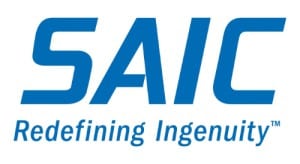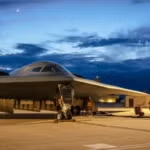
Science Applications International Corp. [SAIC] this week said it won a new $90 million contract with the Air Force to continue to provide U.S. military forces with support for counter-small unmanned aircraft systems (C-sUAS) and also expand its work in this area to work directly with suppliers of counter-drone systems to rapidly meet the needs of these forces. The contract has a one-year base period and three one-year options and was awarded by the Air Force Live Cycle and Management…

 By
By 











